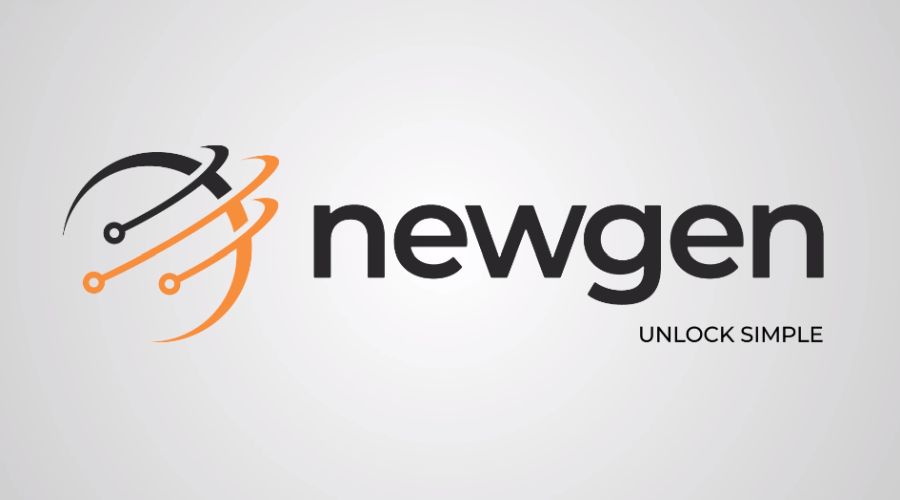Web3 is a step forward in the internet’s evolution which puts power back in the hands of the individual users as opposed to large companies.
It is built on blockchain which in turn allows for users to own and manage their digital assets and identities.
Whereas in Web 2 large companies control the data and platforms, in Web 3 users get to take part in decision making and governance. Although still in the developmental stage, Web 3 is a large shift towards a more transparent, user focused internet which puts forward the principle of decentralization. The transition is not without its issues but it does point us toward a more open and user run digital world.
Why are Brands Still Struggling to Succeed in Web3?
Many large brands are having issues in Web3 because they don’t understand what it has to offer. Out of touch with basics like NFTs and DAOs which are very much at home in the decentralized digital space they also miss out on innovation and better customer interaction.
So, with all the hype still, What is the reason why they find it hard to get into WEB3?
Misunderstanding Community-Centricity
Most traditional brands fail to understand why community is so vital in this space. It goes beyond just selling products in Web3; it is about forming and nurturing communities.
For example, Pepsi’s NFT campaign in 2022 failed because it lacked real community interaction. In contrast, a brand like Bored Ape Yacht Club has natural community engagement and interaction on a deeper level.
To succeed, brands need to have customers participate in decision-making processes and easily accessible governance tokens offered as rewards, also known as tokens of appreciation. Nike’s RTFKT acquisition illustrates how engaging with the right community enhances the success of Web3 initiatives
Overlooking Web3 Literacy Gaps
One reason traditional brands fail in Web3 is because they assume people already understand how things like NFTs, crypto wallets, and blockchain work but most people don’t.
This lack of knowledge leads to confusion, low participation, and flopped campaigns. Take Porsche’s NFT drop in 2023 as an example.
The automotive manufacturer brand launched a limited NFT collection tied to their 911 model, but many fans didn’t know how to set up a wallet, buy ETH, or mint the NFTs. The process was too complex, so interest dropped and they had to cut back on the original supply.
To do better, brands need to make the Web3 experience simple and educational. This means offering easy-to-follow guides, using familiar tools like credit card payments, or even letting people create wallets automatically, like Starbucks did with its Web3 loyalty program, that also allowed people to earn “stamps” (which are NFTs) to get rewards like free coffee or event access.
Success in Web3 depends on helping everyday users feel comfortable and confident, not overwhelmed by tech jargon or complex steps.
Ambiguity and Compliance Risks
Another big reason traditional brands struggle in Web3 is because the rules and regulations around it are still unclear and constantly changing.
Since Web3 is decentralized, it doesn’t always fit into current legal systems, which can lead to serious problems like fines or lawsuits.
A good example is Sorare, a fantasy football platform that got into trouble with the UK Gambling Commission in 2024.
The regulators believed Sorare’s NFT-based gameplay was like unlicensed gambling, even though that wasn’t the company’s intention.
To avoid issues like this, brands need to be proactive about legal compliance. They should talk to lawyers who understand digital assets, set up proper KYC (Know Your Customer) and AML (Anti-Money Laundering) systems, and stay in touch with regulators. Using compliance tools and identity tech can also help.
By doing all this, brands can reduce risk, protect their reputation, and show users and authorities that they’re serious about playing by the rules.
Inability to Prove ROI
Since Web3 is still new and works differently from traditional systems, it’s hard to measure success using the usual business metrics.
Without clear results, stakeholders often start questioning if it’s worth it. For example, Starbucks launched its Odyssey program in 2022, mixing NFTs with its loyalty program.
Some of the NFTs sold for as much as $1,900, and the project made over $200,000, but overall, customer engagement was low because many users didn’t understand how it worked.
To fix this, brands need to set clear goals from the start, like tracking wallet sign-ups, how much users are trading, or if people stay loyal to the brand.
Also, they should make it easy for customers to understand and use Web3 tools. When brands educate users and track the right things, it becomes easier to show real value and success.
Brand Reputation Risks in a Skeptical Market
In 2024, the Web3 space saw a rise in cyberattacks and scams, leaving consumers more skeptical about engaging with Web3 projects.
For example, phishing attacks resulted in over $750 million in stolen funds, and one major attack in September 2024 took $42 million from Ethereum wallets. This increased fear and doubt about the security of Web3 platforms, making consumers hesitant to get involved. To protect their brand reputation, companies need to prioritize security and communicate openly with users.
This means using strong security measures like multi-factor authentication and regular audits to safeguard user assets.
Brands should also educate customers on how to avoid scams and be transparent if any security breaches occur, explaining the steps taken to resolve the issue.
Working with cybersecurity experts can help improve platform security and rebuild consumer trust, making it safer for people to engage with Web3 initiatives.
Conclusion
As 2025 rolls on, brands are finding better ways to succeed in the Web3 space. After early struggles like unclear ROI, legal confusion, and low user trust, many are now pivoting with smarter strategies.
The key is education. Helping users understand NFTs, wallets, blockchain and web 3 as a whole. And Brands like Louis Vuitton are blending physical and digital products for more engaging experiences.
Community-building on platforms like Discord is also becoming essential. Most importantly, brands are being more transparent and integrating Web3 tech gradually through Web2.5 methods. With these moves, traditional companies can finally thrive in this new digital space.






